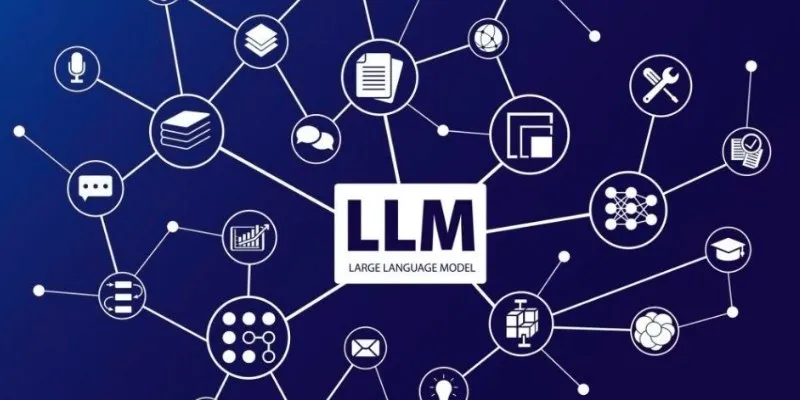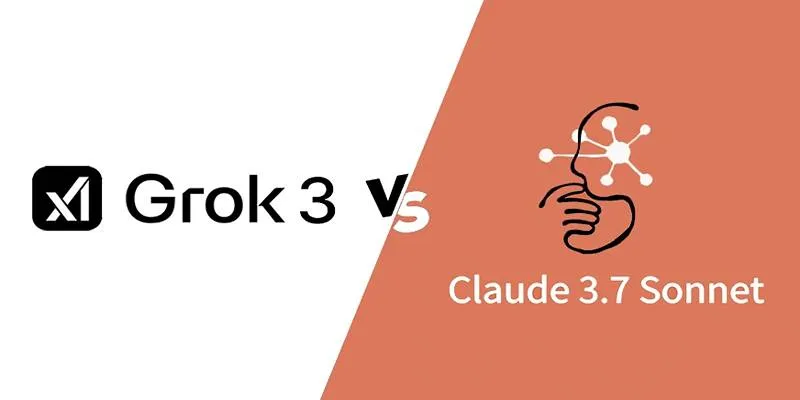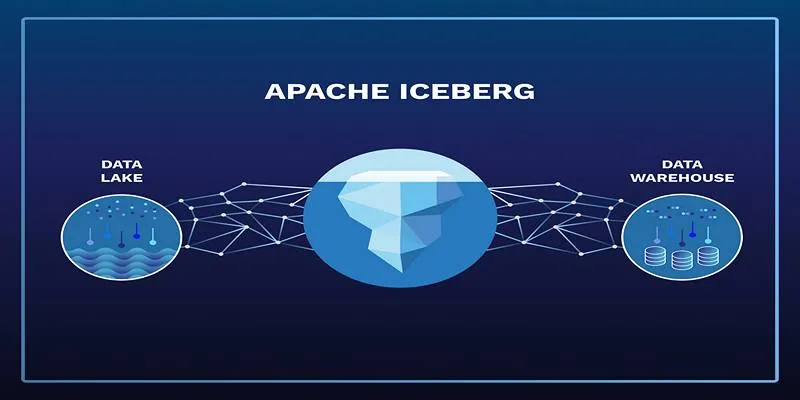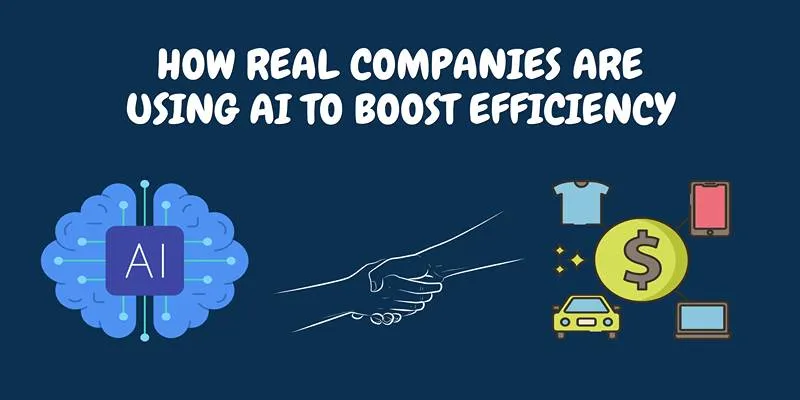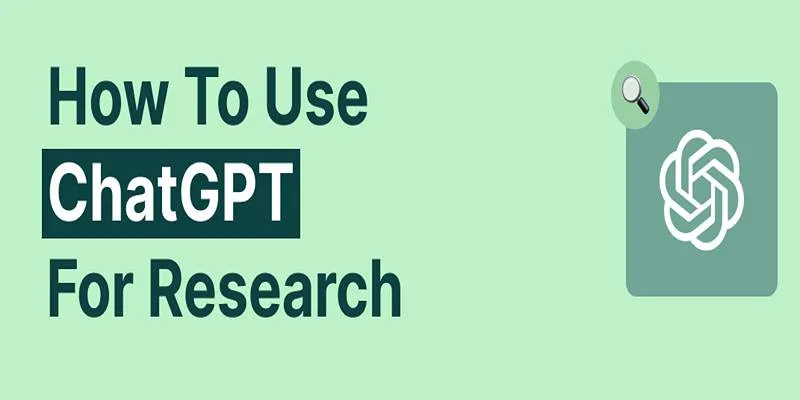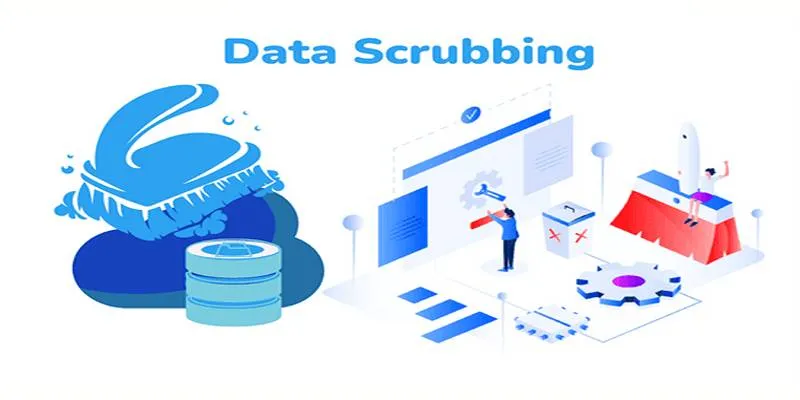In the evolving landscape of artificial intelligence, language models are often evaluated on their ability to extract information accurately and efficiently. Tasks such as extracting names, entities, summaries, and direct answers from unstructured data have become essential in industries like customer support, legal tech, healthcare, and business intelligence.
This post presents a detailed comparison of three modern AI language models — Gemma 2B, Llama 3.2, and Qwen 7B — to determine which one extracts data most effectively. The comparison focuses on key performance areas such as accuracy, speed, contextual understanding, and practical usability across different environments.
Understanding Information Extraction in Language Models
Before diving into the model-specific analysis , it’s important to understand what information extraction means in the context of large language models (LLMs).
Information extraction refers to the process of identifying and retrieving structured data (such as names, dates, places, or direct facts) from unstructured or semi-structured text. Effective extraction enables models to:
- Identify entities and key concepts
- Answer direct questions from documents
- Extract tabular or structured output from narrative content
- Support downstream tasks like summarization and classification
The capability to extract well-structured outputs makes an LLM more useful in real-world applications, especially when precision and reliability are necessary.
Model Overviews
Each model compared in this post brings different design priorities to the table — ranging from compact design and portability to high-accuracy reasoning.
Gemma 2B
Gemma 2B is a lightweight open-source language model developed by Google. With just 2 billion parameters, it is optimized for efficient performance, especially on edge devices and lower-resource environments. Despite its small size, it aims to deliver competent performance across a wide range of natural language tasks.
Notable Features:
- 2 billion parameters
- Lightweight and hardware-friendly
- Quick inference speed
- Ideal for real-time applications on devices like laptops or phones
Llama 3.2
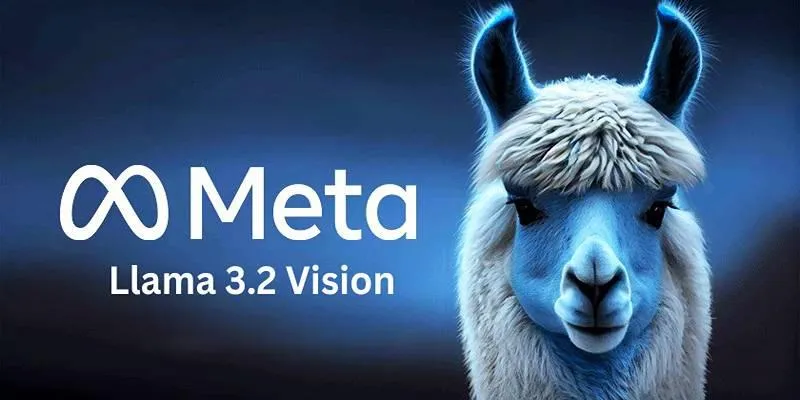
Llama 3.2, a variant from Meta’s LLaMA series, improves on the accuracy and usability of its predecessors. It targets the middle ground between lightweight models and heavyweight reasoning engines. With 3.2 billion parameters, Llama 3.2 balances performance and usability, making it suitable for developers who want reliable results without overwhelming system requirements.
Notable Features:
- 3.2 billion parameters
- Strong context comprehension
- Balanced speed and output accuracy
- Useful for dialogue, summarization, and extraction tasks
Qwen 7B
Qwen 7B, developed by Alibaba, is a mid-sized model that has earned praise for its reasoning and extraction abilities. It is particularly effective in handling multi-turn dialogue, complex context, and multilingual text. With 7 billion parameters, it operates at a higher computational cost but delivers impressive accuracy.
Notable Features:
- 7 billion parameters
- High context retention and reasoning depth
- Excellent performance in detailed extraction tasks
- Strong support for multiple languages
Extraction Accuracy
One of the most crucial metrics when evaluating LLMs is extraction accuracy — the ability to correctly identify and return the intended information.
Model Comparison:
- Gemma 2B often performs adequately on basic tasks involving short texts and well-structured input. However, it tends to miss nuanced information or make errors in identifying entities when the context becomes complex.
- Llama 3.2 shows marked improvement in comprehension. It maintains higher extraction accuracy across varied inputs, including moderately complex documents or questions that require understanding the relationship between multiple text segments.
- Qwen 7B consistently demonstrates the highest accuracy. It handles difficult extractions — such as nested facts, indirect references, or multilingual inputs — with clarity and minimal hallucination.
Conclusion:
Qwen 7B emerges as the top performer in extraction accuracy, especially when
handling nuanced or layered data inputs.
Speed and Efficiency
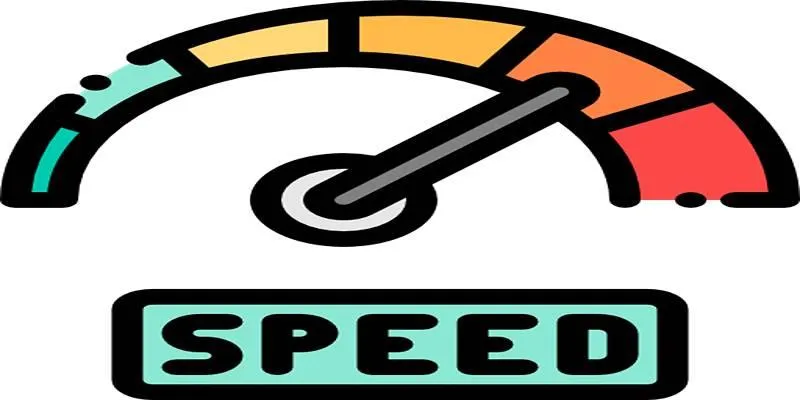
Another important consideration is how quickly a model can return results, particularly in real-time or high-frequency environments.
Performance Breakdown:
- Gemma 2B leads in speed. It loads quickly, runs efficiently even on standard CPUs, and is ideal for edge computing. It makes it highly suitable for mobile apps or browser-based tasks.
- Llama 3.2 provides moderate speed. It may not match Gemma 2B in raw performance, but its processing time is acceptable for most desktop and server-based applications.
- Qwen 7B sacrifices some speed due to its size and memory requirements. It’s better suited for tasks where quality matters more than immediate output speed.
Conclusion:
For speed-sensitive applications, Gemma 2B is the most efficient choice.
Contextual Understanding
Contextual understanding is essential for extracting data correctly, especially when the target information is not clearly stated or requires reading between the lines. A model must not only read text but also interpret relationships, follow logic, and resolve references to succeed at complex extraction tasks.
Evaluation:
- Gemma 2B offers basic contextual understanding. It may miss references or misinterpret indirect statements.
- Llama 3.2 performs better, managing to link statements and follow narrative flow more effectively.
- Qwen 7B handles deep context better than the rest. It understands dependencies across long documents and accurately identifies implicit data.
Conclusion:
Qwen 7B shows superior contextual awareness, making it best for tasks
requiring deep comprehension.
Real-World Scenarios
To make the differences more practical, here are some real-world use cases comparing how each model might perform:
Customer Service Logs
A company wants to extract key complaints and issue dates from chat logs.
- Gemma 2B: Grabs clear statements but might miss implied complaints.
- Llama 3.2: Recognizes more subtle dissatisfaction and matches it with correct dates.
- Qwen 7B: Captures detailed sentiment, complaint types, and all date references precisely.
Research Paper Summaries
An academic platform needs to extract titles, authors, and conclusions from PDFs.
- Gemma 2B: May mislabel sections.
- Llama 3.2: Performs well on structured papers.
- Qwen 7B: Handles varied structures and complex language with ease.
Conclusion
In conclusion, the comparison between Gemma 2B, Llama 3.2, and Qwen 7B highlights that each model has its unique advantages. Gemma 2B stands out for its speed and efficiency, making it suitable for lightweight tasks and edge computing. Llama 3.2 offers a balanced mix of performance and usability, ideal for general-purpose NLP tasks. Qwen 7B, although resource-heavy, delivers the highest accuracy and contextual understanding, making it the best choice for complex extraction jobs. While Gemma suits real-time applications, Llama serves as a versatile middle-ground, and Qwen excels in precision-driven environments.
 zfn9
zfn9
